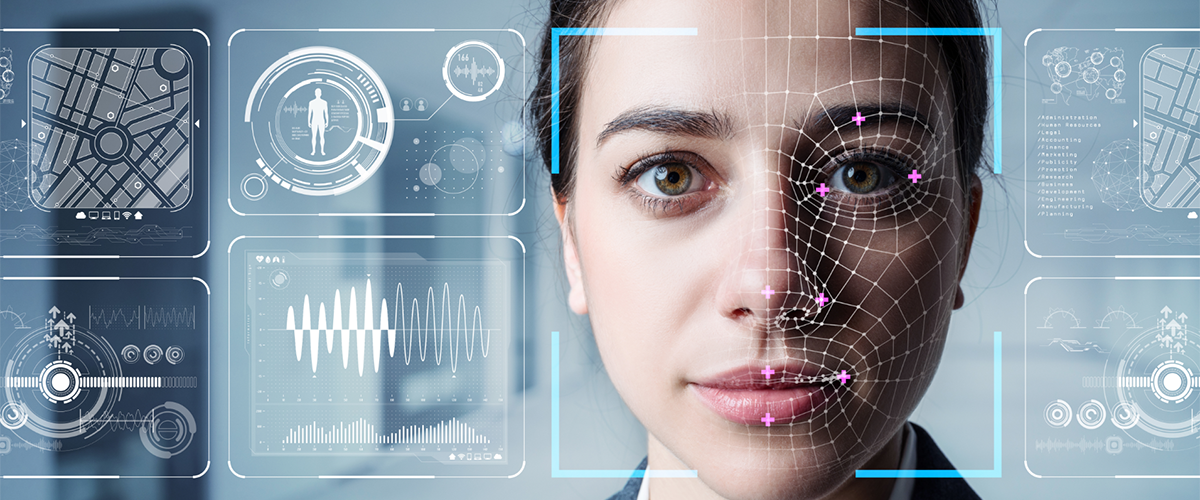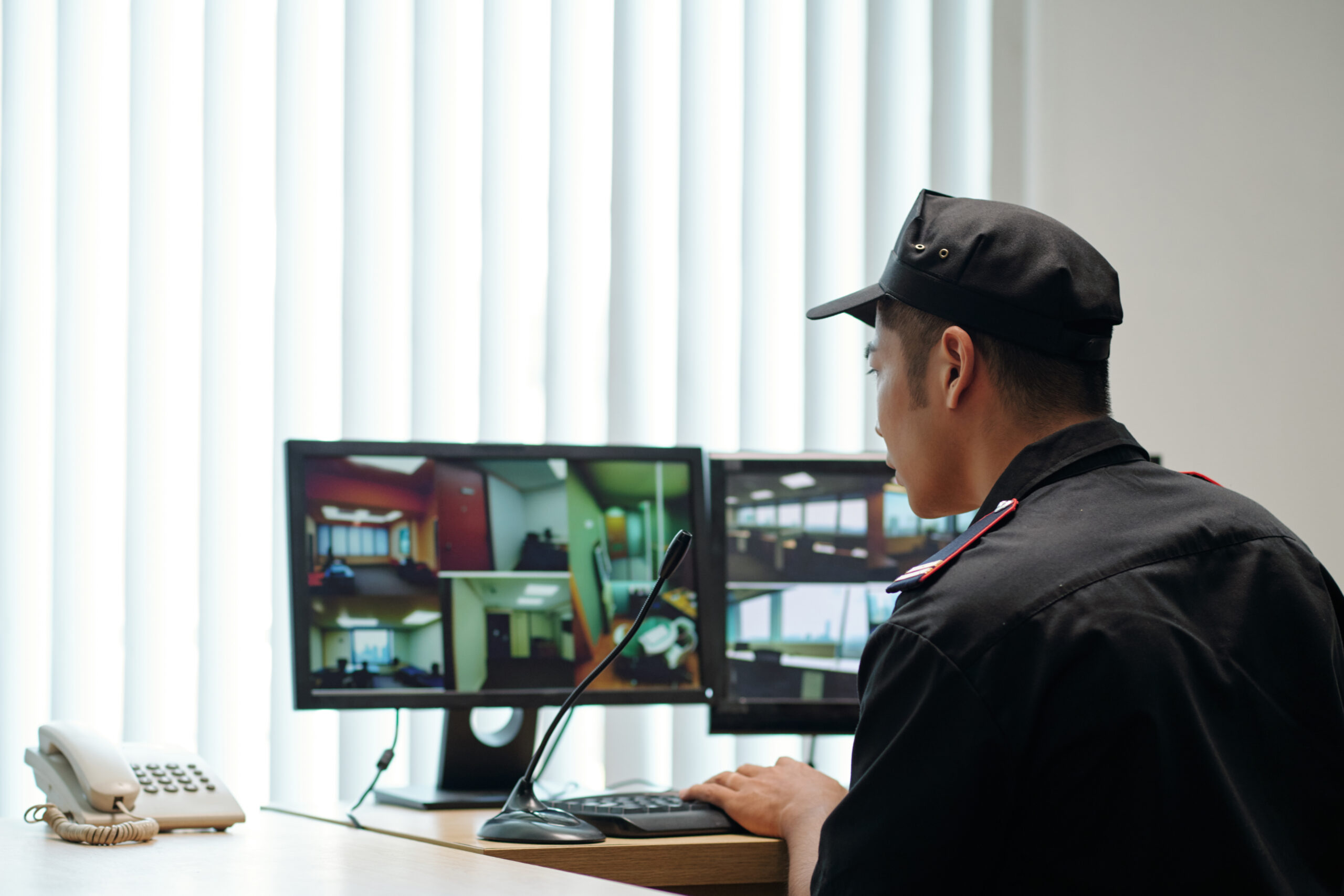Video analytics software: Managing expectations
Dissecting the hype from the real can be hard. At the start of each new season, your teammates convince you that your social sports team has a chance of winning the league. But, the truth is; you don’t.
Likewise, navigating the noise spewing forth from the global Artificial Intelligence (AI) cheer squad can be tricky too. The exponents of video analytics software, a subset of AI that derives its intelligent outputs from machine learning, often over-sell its capabilities. So what can people and organizations reasonably expect from video analytics solutions?
John Bigelow, Editor at Security Solutions Media, caught-up with VisualCortex’s Patrick Elliott (CEO and Co-Founder), and a panel of other industry experts, to determine whether video analytics technology can actually solve world hunger in its lunch break.
Video analytics software: Humans still assess and decide
John Bigelow, Editor at Security Solutions Media
So Aaron, obviously, when we start talking about Artificial Intelligence, there’s a lot of hype. There’s a lot of misinformation around Artificial Intelligence. People think that it’s going to be this panacea, that allows us to do anything and everything we could ever possibly want. But I mean, the reality is far from that. The truth is far from that. In your experience, what will AI genuinely allow us to do, from a security point of view, to solve customer challenges?
Aaron Terrey, Director of Vixles Pty Ltd
Yeah, I’m pretty big on this, and I’m sure both [people] next to me will agree: Without any doubt, right now, a human should be making the final decision. Especially in facial recognition, but also other analytics. [Fundamentally], this is a tool to help us gather information and automate some processes. It really is still at the point where [humans need to be heavily involved] — you gather the data, make sure it’s accurate, and make a human involved in that final decision-making process. And I think that’s with AI generally anywhere.
The next wave: Behavior analysis and tracking with computer vision
Aaron Terrey
Also, I think there’s a change coming again. We spoke a bit before about [using] pixels [to detect changes in video footage]. Now, we can do object recognition. I think the next phase we’re going to see is behavioral detection. And I too was in Vegas, John, we should have caught-up! But yeah, there was a lot of hype about stuff that really, a lot of it was vaporware. It wasn’t real. It was almost ticking boxes where you sort of say: ‘Hey, here’s a computer vision model, that we’ve almost got free off COCO or somewhere we’ve downloaded it’. It might be 60% – 70% accurate. And, you’ve got some people, not all people, but some people presenting that as a capability that they can offer.
Aaron Terrey
I think what really sets it apart now is to go into that next realm of behavioral video analytics, because that can really be used for good, right? We’ve seen a lot of theft, we’ve seen a lot of crime; especially in retail. And you can really, without using facial recognition in some cases, [apply modern video analytics] to understand what behaviors constitute a problem that we might need our attention drawn to. So as a human, we can get our attention to that and try and stop the problem from occurring before it happens.
Ensuring accountability in the age of video analytics
John Bigelow
Yeah, I think the problem with assuming that AI can do a lot of things that it can’t necessarily do is if [we] take, for example, a law firm in the US recently that decided it was going to use ChatGPT to write its case law precedents for its client. [They] discovered very quickly that ChatGPT is a ball artist on the scale of Donald Trump. [This firm] turned-up to court and there was a whole heap of precedents in there that weren’t even real and didn’t exist. [Clearly], you should have checked that beforehand.
John Bigelow
So, Patrick, again, in your experience, what is AI actually capable of compared to what we wish it could do?
Patrick Elliott, CEO and Cofounder at VisualCortex
I think I’ll go back, probably to Aaron’s point, where it’s also what we should expect it to do, right? Everybody’s also worried about Terminator Day, when all this Artificial Intelligence takes over the world. I think there’s a human governance there that [should be this]: Let it go to the point that we get what we need to know.
Patrick Elliott
Let’s go back to the human [involvement] point. So for example, if you’re in a security environment, and you have 100 cameras that you’ve got to worry about, let the AI detect where you should focus, right? So there’s a slip there, or there’s potential aggression there, or somebody’s gone through a threshold that they shouldn’t do. [Use AI to programmatically pinpoint] camera 27, [ and trigger a] security guard alert. [They] get an SMS… [and we] let the human do that little bit at the end. That’s the crucial part. That’s the part that comes back to human interaction anyway.
Patrick Elliott
We can push [that concept] really far. I think we just have to, not take away accountability, right? So if we remove all the humans, we kind of remove the accountability. [For example], if we look at Robodebt, that doesn’t work too well all the time, right? So I think we’ve just got to push it as far as we can, [but] I don’t know what the limits are yet. Because these guys keep bringing out these super GPUs [gestures to Michaeal Lang from NVIDIA], where things that we struggled to do last year, all of a sudden, we can do four times faster this year. So it allows us to think about new thresholds. So the limits there, but I think don’t remove the humans.
Taking preemptive action with behavioral video analytics
John Bigelow
Well Michael, you get to see under the hood of how all this stuff works. So you’re uniquely positioned to help us understand what AI is potentially capable of, as opposed to our expectations — both now and [in] 12 to 24 months.
Michael Lang , Solutions Architect Manager at NVIDIA
So I’ll take a bit of both of these, right? So the first one is scale. I’m not an expert in the security space specifically. But I was at a university campus, just down the road from here, about five years ago. And they were talking about what they’re trying to implement and how they’re trying to deploy it. And I said, ‘What’s your goal to get to?’ And the security AI guy, he stopped me and he said, ‘The most dangerous day on campus is Orientation Day. We have over 10,000 people, many of whom are young females, and they’re unfamiliar with the space. It is a giant worrisome day. And he said the biggest threat we have on that day is TikTok. Because, you get a security guard doing this [stares at phone], not looking at the screens, it’s a problem. So our goal is to use AI to get to the scale where the security guards can just wander casually around campus, hopefully answering banal questions. And they get called to that dark corner over there, or this space over here. And, [this brings us] back to the behavioral analytics piece — [the ability to identify dangerous situations as they unfold]: When voices are raised, somebody grabs an arm of a friend versus somebody grabs you around the neck and they’re not a friend. [Behavioral video analytics] is about how we can identify things of that nature at a rapid pace.
Video analytics software: Enabling automation at scale
Michael Lang
So I think scale is one of the big ones. But also, the other point I find interesting, [is that] we make a lot of decisions at the gut level. I’d love to say I’m logical, but my kids keep telling me I’m not. I know that we make decisions that we think are logical, but actually having data to back things up [is important]. Again, not that machines tell us that we’re wrong. But machines tell us: ‘This is what we’re seeing here. If you add that extra bike lane, you will save two lives a year’. One of the great joys I have in my job, and I’ve been at NVIDIA now a bit over eight years, is speaking to thousands of customers. They share what they do. And they talk about how they’ve saved, what they’ve done, how that works, how it changed their business… And most of these things are around scale, that we just can’t meet as individuals, right? And it’s not about individual overwork. But, if we talked about, banks analyzing bank transactions, where there may have been domestic violence being issued on every dollar transaction that goes through. People can’t pick that up. Computers can pick it up like that, and it gets stopped.
Michael Lang
So that’s probably one of the big ones, and being able to apply that in layers. So we’ve talked about a variety of different potential solutions here but, being able to put all those layers in place collectively, changes a dramatic outcome, you know, collectively for us as people. So there’s some really good things that are happening. And I think as AI gets positively more pervasive, I see that as a good thing, and there are potential concerns as well. But I think we live in a fairly strong regulatory environment here in Australia as well. So we’re quite fortunate in that respect.
Aaron Terrey
We’re in a lucky place at the moment too, because the compute is becoming so powerful, but cost effective with that, too. So we can start exploring all these opportunities now. We can start bringing computer vision component capabilities into our businesses. So it’s actually a great time to get involved in this stuff, and continue the journey, with it being so much more accessible and cost effective.
Michael Lang
Democratising AI, right?
Where to next?
Keen to hear more? Check out the full panel discussion – Using Artificial Intelligence to solve real-world customer challenges – here: https://visualcortex.com/2023/11/29/solving-real-world-challenges-with-video-analytics-software/
About VisualCortex
VisualCortex is making video data actionable in the enterprise. Its Video Intelligence Platform provides the stability and flexibility to productionize computer vision technology at scale. Able to be used for any video analytics use case in any industry, VisualCortex’s production-ready cloud-based environment transforms video assets into analyzable streams of data.
The VisualCortex platform delivers the artificial intelligence smarts, governance and usability, enabling organizations to connect any number of video streams, repositories and use existing commodity hardware. An intuitive user interface, out-of-the-box reporting, range of configurations and integrations empower non-technical people to produce, analyze and act on insights derived from computer vision throughout the enterprise. Organizations can easily combine these AI-generated video insights with other data sources and systems to facilitate both real-time operations and strategic analysis. The VisualCortex Model Store also provides a secure marketplace for customers, partners and independent machine learning experts to share quality controlled computer vision models.
For more information, visit www.visualcortex.com
For regular updates, follow VisualCortex on Twitter (@VisualCortexApp), LinkedIn (VisualCortex), YouTube (VisualCortex) and Facebook (@VisualCortexApp).
For regular industry news and analysis, subscribe to VisualCortex’s mailing list here: visualcortex.com/contact-us









